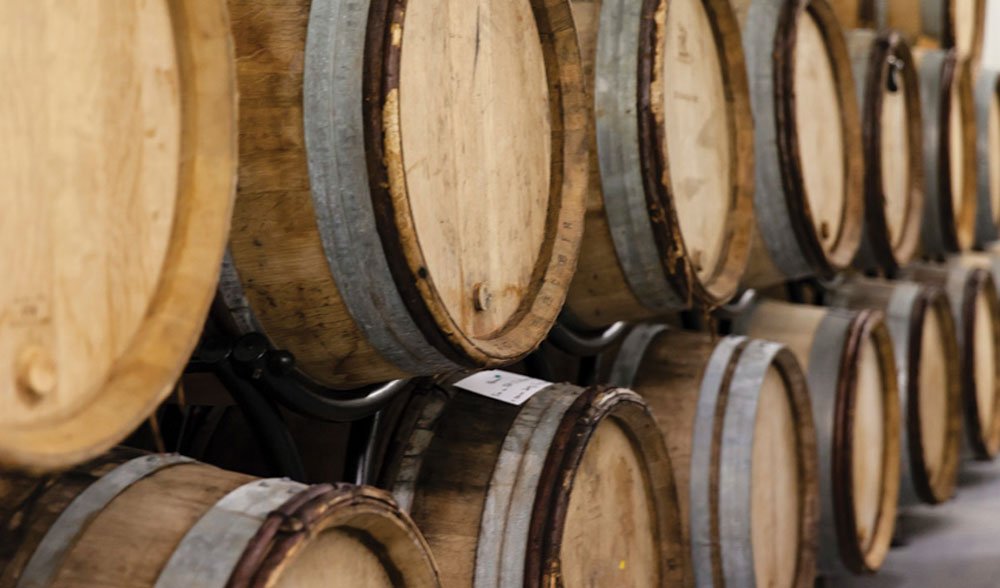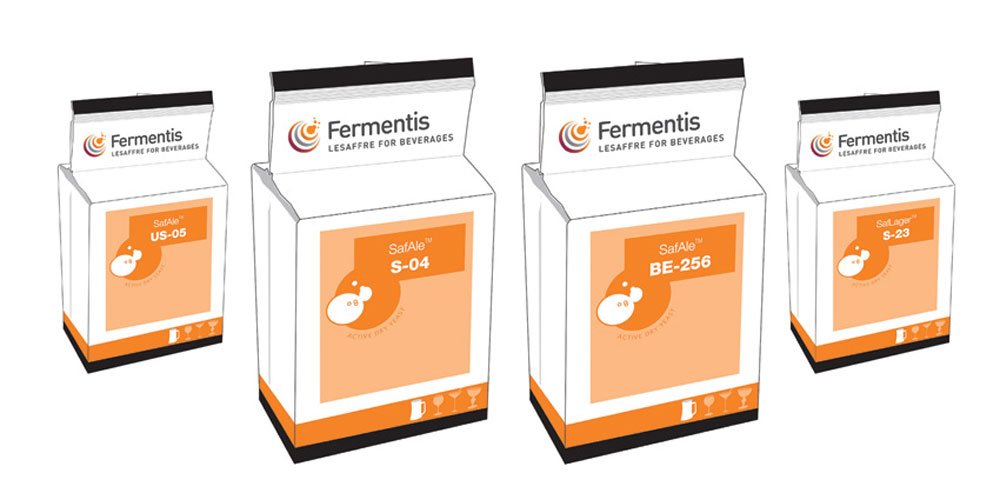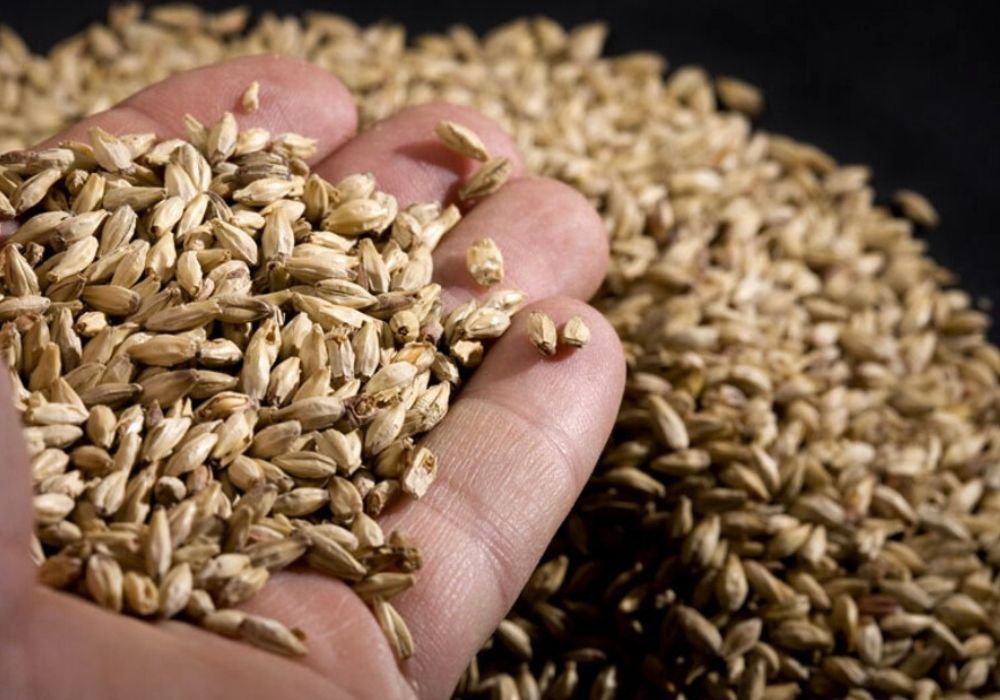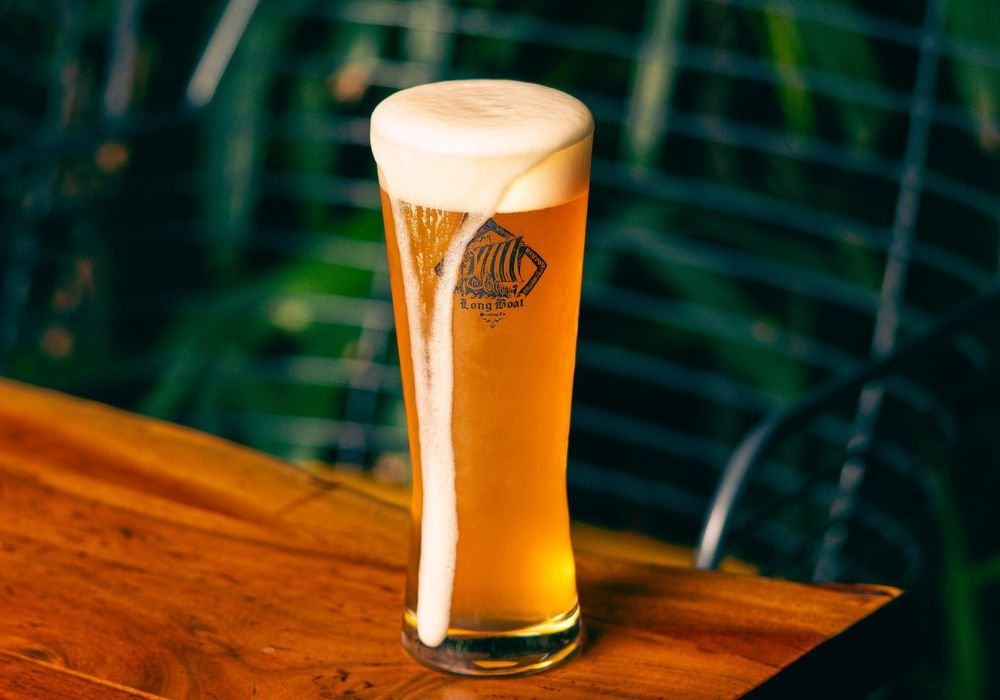The Yeast Corner


Stéphane Meulemans
FERMENTIS, the business unit of Lesaffre, a well well known brand in the segment of yeast and yeast products, was created in 2003. The company develops and offers yeast products that support the production of good quality wine, beer, spirits and fermented beverages globally.
With expertise in specialty yeasts, the brand is backed by deep domain research by Lesaffre International R&D and its staff of over 150 scientists. BW speaks to Philippe Janssens, Technical Manager, Brewer and Stéphane Meulemans, General Manager.
What does the head of the beer indicate? What should it ideally be like?
Foam stand and cling are an essential part of beer quality. There are many factors associated with the foam head of the beer. First, we have the components from cereals and malt, primarily the proteins and polypeptides of a certain molecular weight range. Those proteins will sometimes be bound to each other through di-sulfur links. Secondly, linked to those first components, are the organic hop acids, i.e. the bitter components. Those elements together form a two-dimensional hydrophobic network which will contribute to the foam structure and stability.
Fermentation will produce the CO2 materialized by bubbles which will create the foam as they get enveloped by this network while they migrate to the surface. In this way, the protein networks stabilized by hop acids which are enveloping the bubbles will constitute a colloid when they get stabilized by metal ions naturally present in brewing water.
Hence beer foam will have a bitter taste and develop metallic notes.
We can easily find out if a beer is saturated or not by looking at the size of the bubbles. The bigger they are, the more saturation and less foam stability in the beer there is. A beer is considered to have a high rate of saturation when there is more than 7g of CO2 per litre. At the opposite end, a beer is considered with a low rate of saturation when there is less than about 5/6g of CO2 per liter.
When CO2 becomes an issue during fermentation, how can it be controlled?
A supersaturation is never good since the yeast multiplication is low and it can lead to a stuck fermentation. One of the better ways to control it will be to not exceed 2 to 3 g of CO2 per litre during the primary fermentation. You can also work on temperature and pressure parameters to control it.
PHILIPPE JANSSENS
What are the problems that can occur during fermentation? How can they be handled? PLEASE SHARE Some information about how FERMENTIS products help maintain fermentation quality.
Many problems can occur during fermentation: wort deficiencies in nutrients, inappropriate fermentation temperatures, contamination issues, etc. Most of the complications listed above can be avoided easily by using right methods of brewing.
One of the most common risks for brewers is to reuse the yeast. This method (1) can lead to genotype and phenotype deviations over time and (2) requires more manipulations, meaning an increase in the possibility of contaminations. It consequently exposes the wort to a higher rate of stuck fermentation and possible deviations in flavor profiles and beer characteristics. Furthermore, after a first fermentation the yeast enters a critical state with a weak metabolism which increases the yeast mortality rate.
Fermentation efficiency and quickness are directly affected, the aromatic profile of the final product won’t be the same as earlier – some diacetyl, acetaldehyde, H2S (in case of autolysis) flaws will eventually appear.
The other issue will be the overload of residual sugars, it will lead the product to a very high saturation after refermentation.
If there is a real need to recycle the yeast, the solution to minimize all these issues would be to reuse it as soon as the first fermentation is done and with a great level of oxygenation. However, there are still two mains things to consider:
- The wort cannot be deficient in minerals or lipids.
- A good aeration is needed – but this air supply can also bring contamination if poorly filtered.
The other way to avoid these problems will be to use a range of Active Dry Yeasts.
Brewers are looking for a constant fermentation profile; they’re obviously trying to produce the same beer by reaching the same aromatic profile and kinetic every time. To serve this purpose, active dry yeasts are widely recommended. This type of yeast has a very good aging resistance (over 36 months for Fermentis yeasts) when stored in cool (< 10°C/50°F) and dry conditions.

Active dry yeasts added value
Reliability
- Sugars are consistently more easily assimilated through the yeasts membranes
- More Sterols are present which permits a better and quicker reproducibility
- Important reproducibility permits a better consistency
- No need of air or oxygen supply, meaning a less exposer and contamination rate
- Genetic consistency
Investment and space asset utilization
- No need to monopolize a tank to recycle the yeast neither for the propagation step, nor to set up and manage microbiology laboratory operations.
Easy to Source, Easy to Store, Easy to Use
- In this perspective, Fermentis is continuously developing new fermentation solutions for brewers around the world, whether they are amateur or professionals; and is now establishing its first presence on the Indian market.





